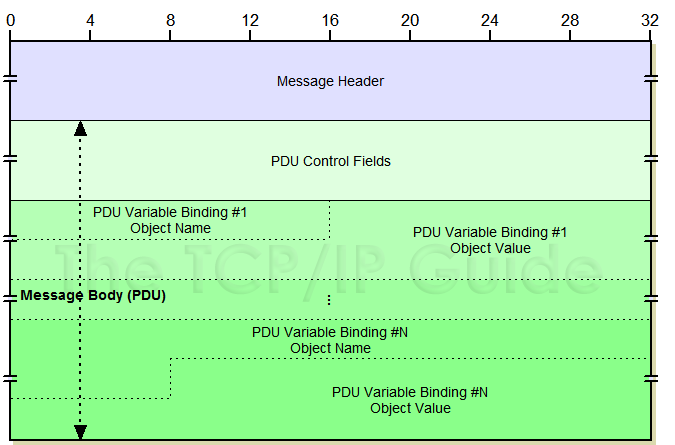 |
|
Please Whitelist This Site?
I know everyone hates ads. But please understand that I am providing premium content for free that takes hundreds of hours of time to research and write. I don't want to go to a pay-only model like some sites, but when more and more people block ads, I end up working for free. And I have a family to support, just like you. :)
If you like The TCP/IP Guide, please consider the download version. It's priced very economically and you can read all of it in a convenient format without ads.
If you want to use this site for free, I'd be grateful if you could add the site to the whitelist for Adblock. To do so, just open the Adblock menu and select "Disable on tcpipguide.com". Or go to the Tools menu and select "Adblock Plus Preferences...". Then click "Add Filter..." at the bottom, and add this string: "@@||tcpipguide.com^$document". Then just click OK.
Thanks for your understanding!
Sincerely, Charles Kozierok
Author and Publisher, The TCP/IP Guide
|
|
|

Custom Search
|
|
SNMP Message Field Definitions, General Message Format and Message Sections
(Page 3 of 3)
General PDU Format
The fields in each PDU depend on the PDU type, but can again be divided into the following general substructure:
- PDU Control Fields: A set of fields that
describe the PDU and communicate information from one SNMP entity to
another.
- PDU Variable Bindings: A set of descriptions of the MIB objects in the PDU. Each object is described as a “binding” of a name to a value.
Each PDU will follow this general structure, which is shown in Figure 276, differing only in the number of control fields, the number of variable bindings, and how they are used. In theory, each PDU could have a different message format using a distinct set of control fields, but in practice, most PDUs in a particular SNMP version use the same control fields (though there are exceptions.)
|
Each variable binding describes one MIB object. The binding consists of a pair of subfields, one specifying the name of the object in standard SNMP object identifier notation, and one its value, formatted to match the object's SMI syntax. For example, if the object is of type Integer, the value field would be 4 bytes wide and contain a numeric integer value. Table 211 describes the subfield format for each PDU variable binding.
Subfield Name |
Syntax |
Size (bytes) |
Description |
Object Name |
Sequence of Integer |
Variable |
Object Name: The numeric object identifier of the MIB object, specified as a sequence of integers. For example, the object sysLocation has the object identifier 1.3.6.1.2.1.1.6, so it would be specified as “1 3 6 1 2 1 1 6” using ASN.1 |
Object Value |
Variable |
Variable |
Object
Value: In any type of “get” request, this subfield
is a “placeholder”; it is structured using the appropriate
syntax for the object but has no value (since the “get” request
is asking for that value!) |
|
|
| |||||||||||||||||||
Home - Table Of Contents - Contact Us
The TCP/IP Guide (http://www.TCPIPGuide.com)
Version 3.0 - Version Date: September 20, 2005
© Copyright 2001-2005 Charles M. Kozierok. All Rights Reserved.
Not responsible for any loss resulting from the use of this site.








 Key Concept: The general format of SNMP messages consists of a message header and a message body. The body of the message is also called the protocol data unit or PDU, and contains a set of PDU control fields and a number of variable bindings. Each variable binding describes one MIB object and consists of the object’s name and value.
Key Concept: The general format of SNMP messages consists of a message header and a message body. The body of the message is also called the protocol data unit or PDU, and contains a set of PDU control fields and a number of variable bindings. Each variable binding describes one MIB object and consists of the object’s name and value.